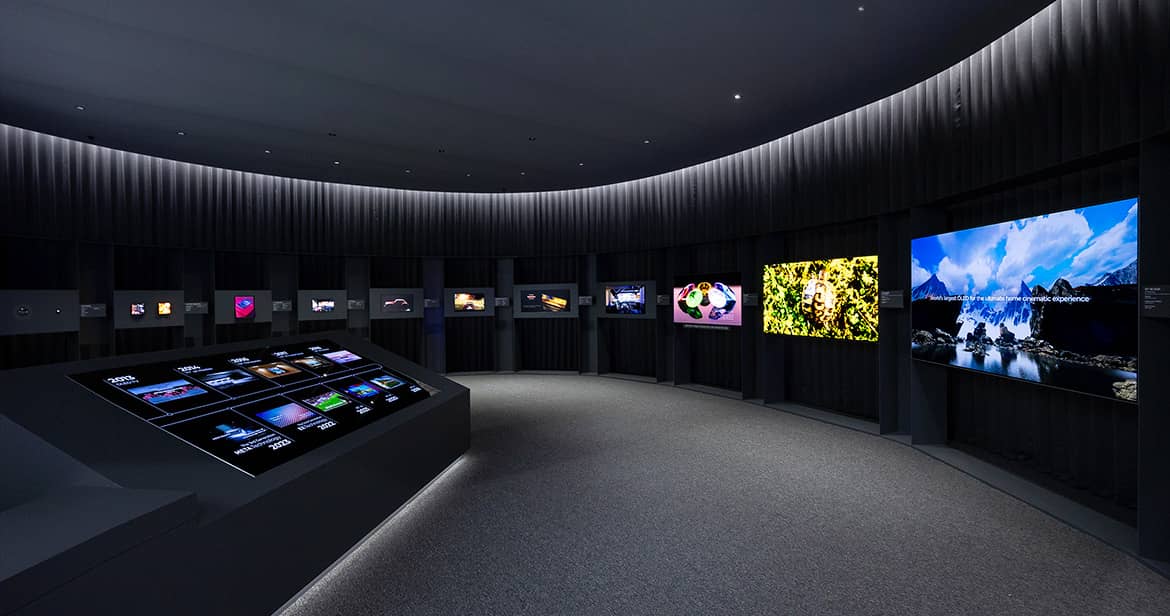You may not realise it, but Sony has been instrumental in revolutionising television technology over the past 70 years. From the first black and white cathode ray models to today’s cutting-edge OLED displays, Sony has led the way. In this article, we will take you on a journey through Sony’s greatest innovations that have shaped the television landscape as we know it. You will learn how a determination to push boundaries has enabled Sony to stay at the forefront of TV engineering. We will also explore the pioneering technologies Sony has introduced, from Trinitron to 4K. Join us as we discover how one company’s relentless innovation has enhanced our viewing experience.
The Early Days: Sony’s First TVs Using Cathode Ray Tubes
In the early 1950s, Sony released its first television models using cathode ray tube (CRT) technology. CRT TVs produce images by firing electron beams that excite phosphorescent materials coated onto the back of the TV screen. Sony’s initial CRT models, the TV8-301 and the TV9-301, were introduced in 1955 and featured 8-inch and 9-inch screens respectively.
Black and White to Color
Sony released its first color TV, the TV1000, in 1960. The TV1000 was also a CRT model and produced color images by firing three electron beams – red, green, and blue – onto the phosphorescent screen. Color CRT TVs were an engineering marvel but were complex to produce and initially expensive. As manufacturing techniques improved and costs declined, color CRT TVs grew in popularity and came to dominate the market.
Trinitron: Sony’s Crown Jewel
In 1968, Sony introduced its proprietary Trinitron CRT technology which featured an aperture grill with vertical slits instead of the traditional shadow mask. The Trinitron design offered superior image quality with higher brightness, sharper contrast, and a wider viewing angle. Trinitron became Sony’s flagship TV technology and a key part of its marketing for decades.
While CRT technology eventually became outdated, it served as the foundation for Sony’s early success in the television market. CRT TVs represented an enormous leap forward in home entertainment and Sony’s Trinitron models in particular were renowned for their best-in-class image quality. Although long overtaken by newer display technologies like LCD and OLED, CRT TVs hold an important place in the evolution of television and in Sony’s history as an innovator.
Pushing Boundaries With Trinitron and LCD Displays
Sony has long pursued innovations that push the envelope of television technology. In 1968, Sony introduced Trinitron, a cathode ray tube design that improved image quality by using a single electron gun and aperture grille to produce a brighter picture with better contrast and color reproduction.
The Trinitron Difference
The Trinitron cathode ray tube featured an aperture grille with vertical slits, rather than the traditional shadow mask with round holes. This allowed more electrons to pass through, creating a brighter image. The Trinitron design also enabled a wider viewing angle and truer color reproduction compared to conventional CRTs. For decades, the Trinitron name was synonymous with the highest-quality color TVs and computer monitors.
In the 1990s, Sony brought the first LCD flat-panel TVs to market.
Transitioning to LCD and OLED
These new LCD TVs offered many benefits over bulky CRTs, including a thinner design, lower energy consumption, and reduced heat generation. However, early LCD TVs were expensive, had limited screen sizes, and struggled with motion blur and narrow viewing angles.
To address these issues, Sony developed new LCD technologies like Motionflow XR to reduce motion blur and the Bravia Engine to enhance color and contrast. Sony also introduced OLED TVs, with self-emitting pixels that provide the widest viewing angles, deepest blacks, and most lifelike colors of any TV technology.
With a legacy of innovation spanning Trinitron, LCD, and OLED, Sony continues to push the boundaries of TV picture quality and performance. Their pursuit of new technologies that enrich the viewing experience demonstrates an enduring commitment to excellence that has made Sony a leader in home entertainment.

Reaching New Heights With OLED Technology
Organic light-emitting diode (OLED) technology represents the pinnacle of Sony’s journey to transform television displays. OLED panels produce visuals with the deepest blacks, the most vibrant colours, and extraordinarily wide viewing angles.
Unparalleled Contrast and Colour OLED panels generate light emissions directly from organic materials, enabling each pixel to be turned on and off individually. This allows for perfect black levels and high contrast ratios. Colours also appear more vibrant and realistic.
A Wider, More Immersive View
With OLED, there is no need for a backlight, so the panels can be extremely thin and lightweight. This also results in a wider viewing angle as the image quality and colour accuracy remain virtually unchanged even when viewed from the side. The ultra-wide viewing angle creates an experience that pulls the viewer into the scene.
Cutting-Edge Panel Design
Sony’s OLED televisions incorporate the company’s premium X1 Ultimate picture processor and the latest OLED panel technologies like 8K resolution and fast response times. The cutting-edge panels are designed to deliver the highest performance for an unparalleled visual experience. Paired with the X1 Ultimate processor’s advanced algorithms, the panels produce pristine images with no loss in quality.
By reaching the pinnacle of television display technology, Sony’s OLED televisions have achieved a new pinnacle in home entertainment. The unrivalled visual experience transports viewers, pulling them into their favourite movies, shows, games, and more. OLED technology represents the culmination of decades of innovation and Sony’s relentless pursuit to create the most immersive and emotive viewing experiences.








